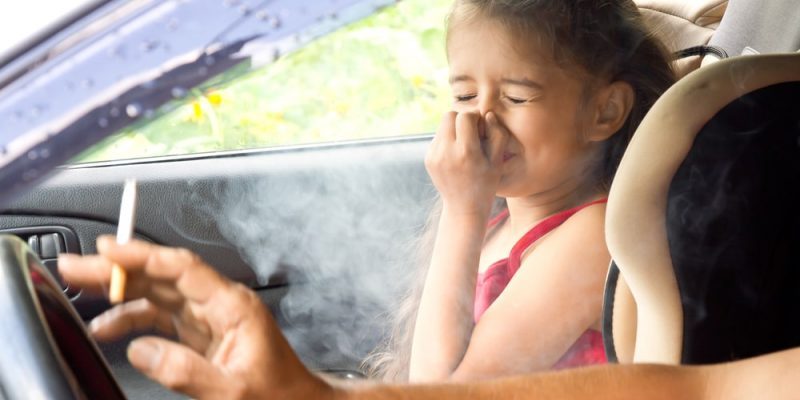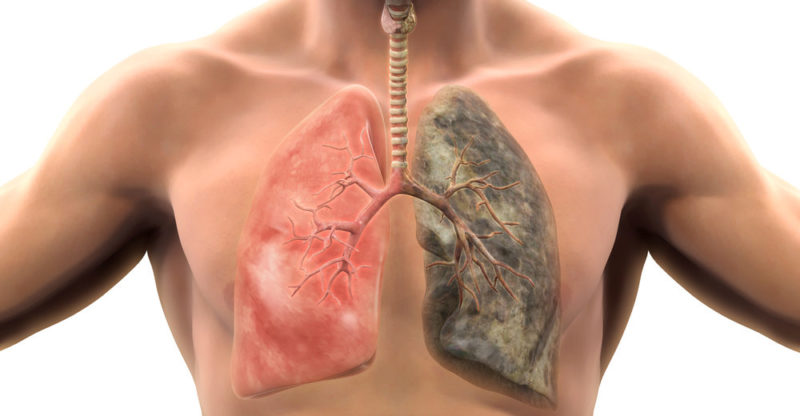We explain what smoking is, how to detect this addiction, and its diseases. Also, what are its features? causes and more.
What is smoking?
Smoking is addiction to tobacco, caused mainly by nicotine, one of the substances that make it up.
Because nicotine is an addictive substance , it drives tobacco users from tobacco use to abuse.
Smoking is the leading cause of disability and premature death worldwide , as it is associated with 29 diseases, including 10 different types of cancer and more than 50% of heart disease.
Annual deaths caused by smoking are more than the sum of all deaths caused by illegal drug use .
Signs of smoking addiction

Not all tobacco use is considered smoking, but some of the following signs should be observed:
- Consumption of seven cigarettes per day or more
- Consumption of cigarettes with a high level of nicotine (more than 0.9 mg).
- Inhale deeply and frequently
- Smoking within 30 minutes of waking up in the morning
- Difficulty or inability to eliminate that first cigarette
- More cigarettes in the morning
- Difficulties not to smoke when entering areas where it is not allowed
- Need to smoke every day, even if you are sick
Passive smokers

People who live with smokers are exposed to the harmful effects of tobacco. Although they do not smoke, tobacco smoke containing toxins enters their body.
This is particularly dangerous for children , in whom sudden death, infections, developmental and behavioral disorders can occur.
Smoking diseases

Diseases that have been associated with tobacco use are:
- Reproductive system dysfunction.
- Cancer. Since 1761 it has been observed that smoking can cause polyps, and in 1941 the carcinogenic effects of hydrocarbons in cigarette smoke were confirmed. Its link to lung, laryngeal, pharyngeal, kidney, liver, breast, pancreas and bladder cancer, among others, has now been demonstrated due to the multiple chemical compounds that arise from the combustion of cigarette (benzene, benzopyrene, nitric oxide, etc).
- Cardiovascular diseases. Smokers suffer from heart attacks, strokes and aneurysms. This negative effect is due not only to nicotine but also to carbon monoxide .
- Respiratory diseases. Smoking can cause chronic bronchitis, chronic obstructive pulmonary disease (COPD), repeated respiratory infections, obstructive sleep apnea syndrome. This is because tobacco has harmful effects both on its structures (airways, alveoli, capillaries) and on the defense mechanisms of the lungs.
Prevention against smoking
Governments take measures to prevent the initiation of tobacco use . Some of them are: the increase in prices, the prohibition of sales to minors, the prohibition of advertising and sponsorship of tobacco companies and the requirement of closed smoke-free environments in institutions and places of recreation.
Anti-smoking treatment

The treatment for smoking, like any other addiction, aims to eliminate consumption completely . Some smokers manage to do it on their own, although they tend to try several times before achieving their goal .
However, there is also the possibility of turning to a professional , which significantly increases the chances of success.
The most common resource used as a treatment for smoking is cognitive behavioral therapy . This treatment may also include the use of medication .
Symptoms of smoking
Tobacco contains more than 4,000 chemicals that, with continued use, can cause one or more of the following symptoms:
- Anorexia . It consists of lack of appetite.
- Dyspnoea. Lung function decreases, which manifests itself in shortness of breath , especially on exertion, even minimal.
- Dysphonia. Particular hoarseness of smokers.
- bronchial cough It appears in the morning, it is a cough with phlegm.
- seasonal bronchitis. With certain seasons, smokers suffer from bronchitis.
- Impotence. There is a decrease in sexual desire that in men can manifest as impotence at an early age.
- Asthenia. Sensation of generalized tiredness that causes physical and mental weakness.
- Chest pain.
- yellowish teeth
Pregnancy and smoking

The health damage of tobacco use extends to the fetus during pregnancy . In addition, it increases the probability of suffering ectopic pregnancy, vaginal bleeding, and cardiac disorders in women.
The baby can be born with low weight , respiratory insufficiencies, increased risk of sudden death, heart attacks and childhood leukemia.
Dehydration

Tobacco causes dehydration. Therefore, its continued use causes premature aging of the skin , which is observed in the appearance of wrinkles.
In addition, the skin can be affected by the appearance of non-inflammatory acne .
Digestive system
In addition to the types of cancer already mentioned in the mouth, tongue, larynx, esophagus and pancreas, tobacco can affect the digestive system in other ways .
Smokers have been observed to suffer from gastritis, gastroduodenal ulcer, reflux esophagitis, and a deficit in the sense of taste caused by hypertrophy of the taste buds.
Causes of addiction

Smoking can have not only a chemical aspect but also a psychological component .
Nicotine is the main addictive substance that tobacco contains, that is, a period without its consumption causes anxiety in the person who has developed an addiction.
However, there is a hypothesis that physical addiction to nicotine, although real, is not as intense as the addictive effect caused by tobacco use.
That is why it is believed that the anxiety caused by the interruption of consumption is subjectively multiplied by certain social factors such as stressful situations , in addition to psychological factors of their own.
The above content published at Collaborative Research Group is for informational and educational purposes only and has been developed by referring to reliable sources and recommendations from experts. We do not have any contact with official entities nor do we intend to replace the information that they emit.
Passionate about understanding and contributing to a world that does not stop changing. New forms of Work, Sustainability and Technology. For many years he has worked as a creative for large international companies. He has a Ph.D. in information technology and he has been doing quantitative research in the interdisciplinary areas of information systems, cyber security, data analytics and artificial intelligence. He continue to look for creative solutions through technology to help companies to be more humane and sustainable..
Leave a reply
Your email address will not be published. Required fields are marked *Recent post

Sport: What Is It, Types, Risks, Features, Characteristics and Examples

Dogs: Emergence, Features, Characteristics, Feeding and Breeds

Story: Definition, Elements, Structure, Features and Characteristics

